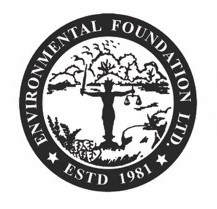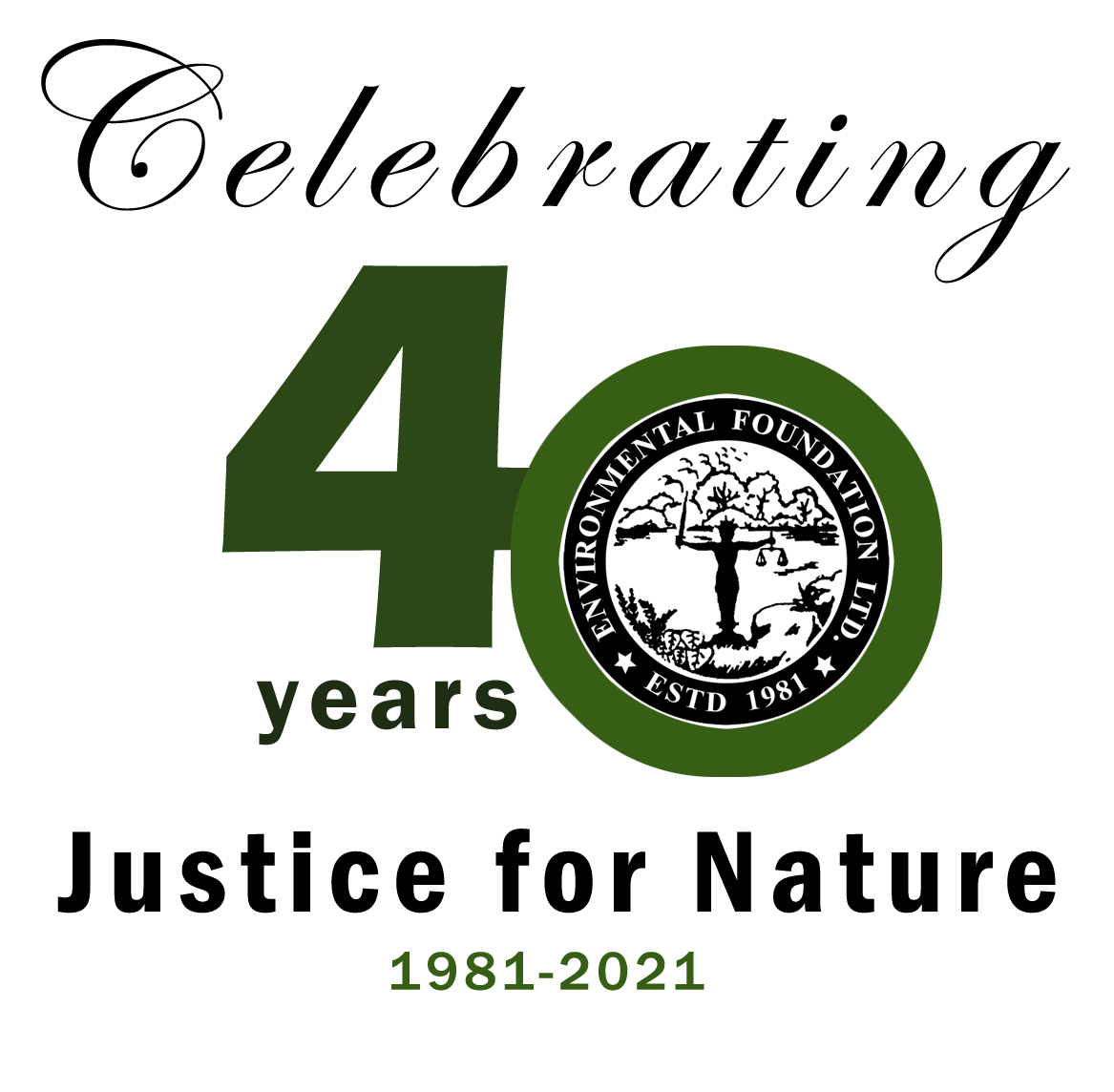EFL conducted a visit to a mini hydro project in Kitulgala on the 7th July. A weir currently being constructed has resulted in the river bank being extensively cleared leading to a landslide blocking the river. In addition to felling of trees, rocks have been blasted and the debris has been dumped in the river. The mini hydro project belongs to the Divisional Secretariat of Yatiyanthota and lies in the village of Mahabage on the north bank of Girangkiththa oya
Sri Lanka is blessed with an abundance of water resources, which include 103 rivers flowing radially from the central highlands to various regions of the country. For many of these rivers, watershed areas are located in the central highlands. Watersheds (also known as drainage basins/catchment areas) absorb rain water and feed it into streams that join to form rivers. The abundant vegetation in the central highlands helps rainwater to be absorbed, and is a perfect natural system that
EFL initiated a water policy dialogue for industrial stakeholders, with the objective of identifying key loopholes and deficiencies in existing mechanisms for curtailing water pollution by industries and making recommendations for amendments to existing laws, regulations and procedures at a policy level to ensure stringent, proactive systems of evaluating, monitoring and implementation. The dialogue aimed to encourage the active engagement of industries as stakeholders willing to adopt voluntary standards and preventive measures to protect and conserve the environment. Recommendations from the
The Kelani River has a total length of 145 km and 2,292 sq. km of river basin. It is the second largest watershed in Sri Lanka and also it is the most polluted river in Sri Lanka due to discharge of effluent from the rapidly increasing industries located in watershed of the river, agricultural runoff, and domestic and municipal effluents, including ad-hoc dumping of municipal solid waste as stated by the Central Environmental Authority (CEA). The concentration of water





